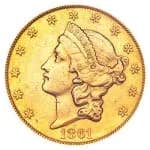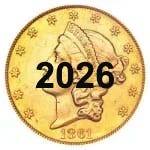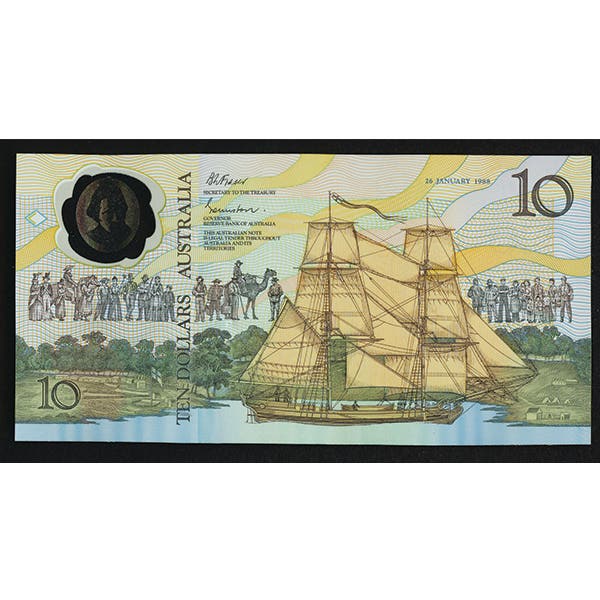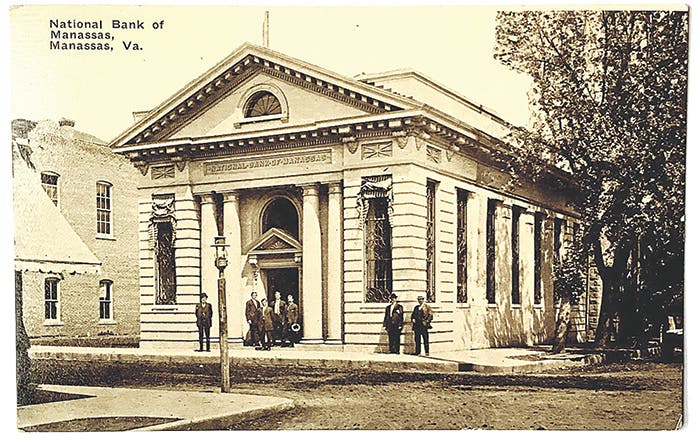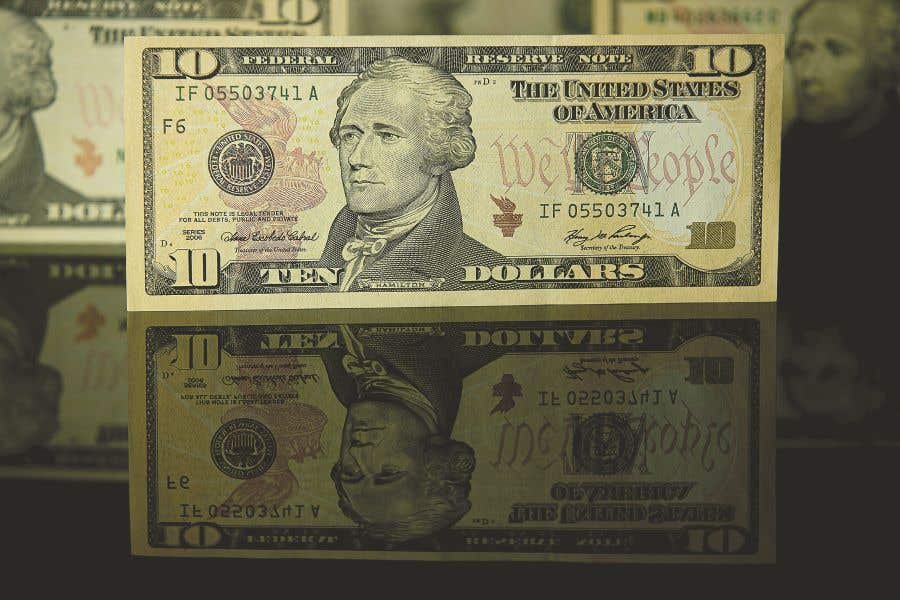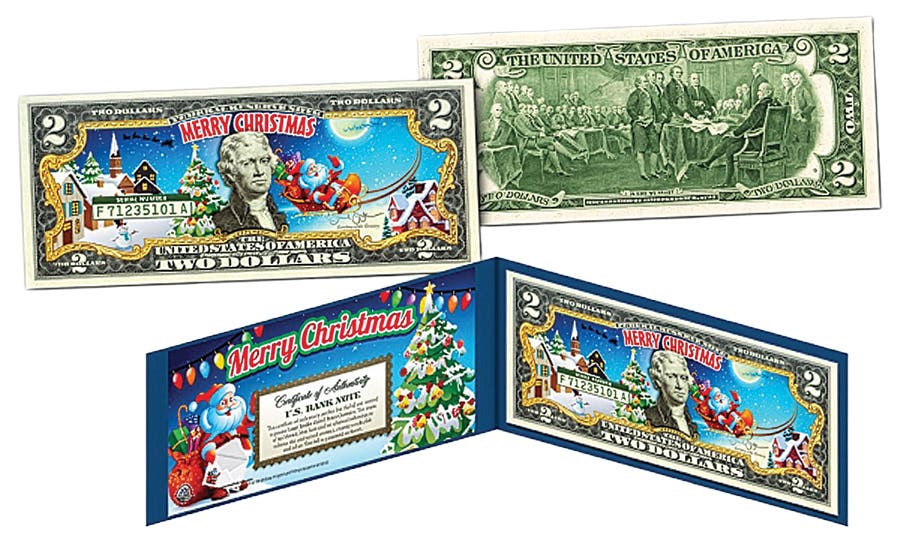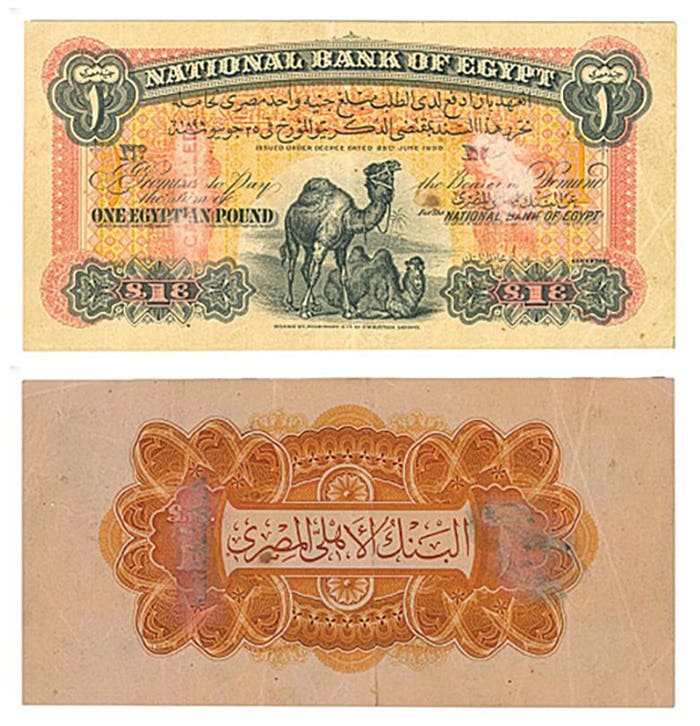The Kuna Lives On
How Croatia’s iconic bank notes are finding new life on Euro coins.
On January 1, 2023, Croatia turned a new page in its monetary history: the euro became the country’s official currency, replacing the kuna after nearly three decades in circulation. For many Croatians, the switch marked more than just an economic shift; it brought an end to a familiar part of everyday life. But while the physical kuna has vanished from wallets and cash registers, its imagery is experiencing a surprising revival.
In a thoughtful nod to national heritage, the Croatian National Bank has begun issuing special €2 commemorative coins featuring designs borrowed from the now-retired kuna bank notes. The message is clear: while the kuna as a currency is gone, its visual legacy lives on as a symbol of cultural continuity.
The Birth of the Kuna Bank Notes
As Croatia declared independence from Yugoslavia in the early 1990s, a pressing question emerged: What should be the country’s new currency? Initially, a transitional Croatian dinar replaced the Yugoslav dinar, but it was clear that a permanent national currency would be a key marker of sovereignty. On May 30, 1994, that moment arrived—the kuna was officially introduced.
The name “kuna” originated from a historical reference; in medieval times, marten pelts—known as kuna in Croatian—were used as a form of payment. Notably, the name also carried political baggage. During World War II, the fascist puppet state, the Independent State of Croatia, had also issued a currency called the kuna. The 1994 decision to revive the name was controversial, but officials emphasized the medieval origins and natural symbolism rather than the wartime association.
The initial series of kuna bank notes was developed by the Croatian National Bank in collaboration with International Security Printers. By late 1993, months ahead of the currency’s launch, designs for all denominations, 5 to 1,000 kuna, had been finalized. Technically, the notes were state-of-the-art, featuring advanced anti-counterfeiting measures, including watermarks, color-shifting inks, holograms, and embedded security threads. Each denomination came in a distinct size, scaled to its value, and bore a consistent design element of a small square featuring the Croatian coat of arms on the right side of the front.
From the very beginning, Croatia used its new bank notes not just to facilitate transactions but to craft a visual narrative of national identity. The design concept leaned heavily on regional and cultural symbolism; historical figures graced the front of each note—poets, politicians, scholars, and statesmen from across the centuries—while the reverse featured iconic architecture and cultural landmarks, often tied to the depicted individual or emblematic of a specific region.
For instance, the 5 kuna note featured 17th-century noblemen and anti-Habsburg conspirators Fran Krsto Frankopan and Petar Zrinski alongside an image of Varaždin Castle in northern Croatia. On the 50 kuna bill, the Baroque poet Ivan Gundulić of Dubrovnik was paired with a sweeping view of Dubrovnik’s Old Town, including the Rector’s Palace. The 100 kuna note features a portrait of 19th-century reformer and poet Ivan Mažuranić, combined with a segment of one of the earliest known inscriptions in the Glagolitic script, the Baška Tablet. The reverse displays the cathedral of Rijeka.
This pairing of person and place was deliberate. Each bank note was conceived as a miniature lesson in Croatian history and geography, a blend of portraiture and architecture meant to resonate emotionally and intellectually with citizens. The series functioned as a cultural atlas in pocket form.
The inaugural series from 1994 was so well received that it remained largely unchanged for years. Minor updates were introduced in 2001 and 2004, incorporating enhanced security features; however, the overall design concept remained unchanged. One notable exception was the 5 kuna bank note, which was phased out in 2007 and replaced by a coin featuring a brown bear. This economic decision reflected shifting cost considerations, even for a design as symbolically rich as the original note.
In retrospect, the 1990s kuna bank notes served a dual purpose: they were a means of payment and a medium of cultural affirmation. For an entire generation, faces like Marko Marulić, Ante Starčević, and Stjepan Radić became synonymous with their respective denominations: 500, 1,000, and 200 kuna. More than just currency, the notes became daily ambassadors of Croatia’s emerging national identity in the formative years following independence.
Commemorative Coins and Their Historical Predecessors
Nearly three decades after their introduction, the familiar faces and landmarks of Croatia’s kuna bank notes were at risk of fading into obscurity with the country’s adoption of the euro. But numismatists and designers stepped in to ensure that these cultural icons would not be forgotten. Instead, they found new life on Croatia’s commemorative €2 coins.
These special edition coins draw directly from the visual language of the former bank notes, forming a symbolic bridge between the two currencies. While the kuna has exited daily circulation, its most meaningful motifs continue to resonate in the euro era; this time, not printed on paper but minted for posterity.
One example is the commemorative coin “Stari grad Varaždin,” or “Old Town Fortress Varaždin,” issued in 2024. On the national side of this €2 coin, the image of Varaždin Castle is prominently featured, framed by the inscriptions “HRVATSKA 2024” and “STARI GRAD VARAŽDIN.” Many Croatians immediately recognized the image because it once adorned the reverse side of the green 5 kuna bank note. There, the fortress appeared alongside a historical map of Varaždin.
The city of Varaždin itself, a baroque town in northern Croatia, briefly served as the seat of the Croatian government in the 18th century and is renowned for its well-preserved castle. The choice of this motif for a euro coin thus honors not only the city and its history but also evokes nostalgia for the compact 5 kuna note that circulated for many years. A total of 200,000 coins were issued. The piece is part of a new series titled “Croatian Cities,” aimed at immortalizing the country’s major towns and landmarks on euro coins.
Also in 2024, a second €2 commemorative coin featuring a former kuna motif was released, depicting Marko Marulić. It presents a side profile of the writer (1450–1524), previously featured on the front of the brown-green 500 kuna bank note. Marulić is considered the father of Croatian literature; his 1501 epic “Judita” was one of the earliest major works written in the Croatian language.
commemorative coin. Photograph courtesy of the Croatian Mint.
That his likeness now appears on a euro coin carries dual symbolic meaning. First, it recalls the beloved 500 kuna note that remained in circulation for many years, though as one of the higher denominations, it was not commonly seen. Second, 2024 has been declared the “Year of Marko Marulić,” marking the 500th anniversary of his death.
This commemorative coin builds a bridge between literary heritage and currency history. In finely detailed relief, Marulić now gazes out from the golden-colored core of the €2 coin, encircled by the twelve stars of Europe. The message here is clear: national cultural figures retain their place, even when the currency changes.
The motif of the impressive Roman amphitheater of Pula on the planned €2 commemorative coin titled “City of Pula—Arena” will be instantly recognized by numismatic enthusiasts. This ancient arena, one of the best-preserved structures of its kind from the Roman Empire, was featured on the reverse of the 10 kuna bank note, which displayed Bishop Juraj Dobrila on the front and the Pula Arena alongside a layout of the hilltop town of Motovun on the back. With this new coin, the Arena of Pula will appear on the euro currency for the first time.
Pula, the Adriatic port city, thus represents Croatia’s Roman heritage while once again reviving a well-known kuna motif. The choice of the amphitheater underscores how much the designers value cultural continuity; it signals to European citizens that Croatia has not only joined the euro economically but also brought its rich historical legacy to the shared currency with pride and confidence.
The second €2 commemorative coin scheduled for 2025 continues this approach. The 1,000 kuna bank note depicted the equestrian statue of King Tomislav, an image now set to be featured on a €2 commemorative coin.
All of these examples—Varaždin, Marulić, Pula, and Tomislav—make one thing clear: this is about more than nostalgia. Certainly, there is a hint of sentimentality when old bank note designs resurface in a new form. Above all, these coins exemplify numismatic continuity. Croatia is not entirely leaving its former currency artistry behind; rather, it is preserving selected symbols by transferring them into the euro system. This is a deliberate act of cultural self-affirmation; the kuna images were never merely decorative; they carried meaning. And that meaning is intended to endure.
But why are the visual motifs on the kuna bank notes and now the new coins so meaningful to Croatians? They have become symbols of a national narrative.
Every figure and building featured on the notes was deliberately chosen to represent a canon of Croatian cultural heritage. These images achieved a level of public recognition that history books alone could not match.
Anyone who grew up in Croatia in the late 1990s would almost automatically know the names of the people on the bank notes: Marulić, Gundulić, Radić, Jelačić, and Starčević. The Varaždin fortress became inseparably linked to the 5 kuna. One might argue that the kuna notes contributed to the democratization of historical knowledge; after all, every citizen encountered them daily, whether they were interested in history or not.
The Currency Changes – The Cultural Heritage Remains
With the introduction of the euro, there was an initial concern that these symbols might fade from view. Euro bank notes, as is well known, do not depict real people or national landmarks, but rather abstract bridges and windows designed to be the same across all countries. This made the national side of the euro coins all the more important, as it allowed each member state to showcase its imagery.
Croatia has chosen new symbols for its regular circulation coins, such as the checkerboard coat of arms, a marten, and Nikola Tesla on various denominations. The classic kuna motifs did not make it into that initial selection.
However, commemorative coins now offer these designs a second life and even an expanded audience; the €2 commemorative coin is legal tender throughout the eurozone. A tourist in Germany or Spain might one day receive a Croatian coin featuring Varaždin Fortress in their change and hold a piece of Croatian cultural history without ever seeing a kuna bank note.
For collectors and numismatists, these transitional motifs represent a fascinating link between two monetary worlds. Rarely has a eurozone country so directly transferred elements of its previous currency onto its new coins. This is not merely a gesture of nostalgia for those who miss the kuna but a smart move in terms of cultural memory.
From a numismatic perspective, Croatia’s current euro commemorative coins mark the shift from national money to a shared European currency without a symbolic rupture. For collectors, they are naturally an attractive niche, linking the story of the kuna with the future of the euro.
And for Croatians, they offer comfort. While daily transactions now rely on familiar euro notes and coins from across Europe, there is still the occasional commemorative coin that quietly says, “We remember where we come from.”
You may also like:

